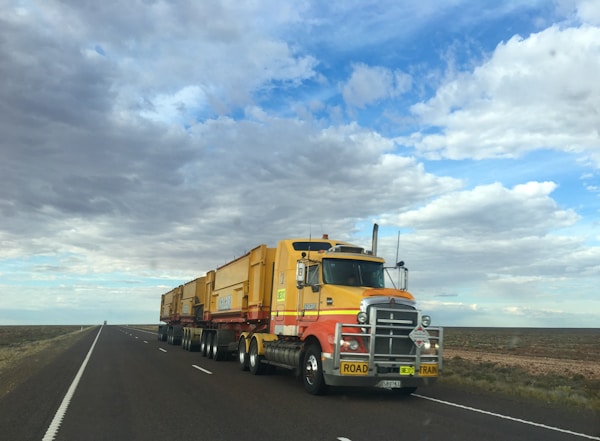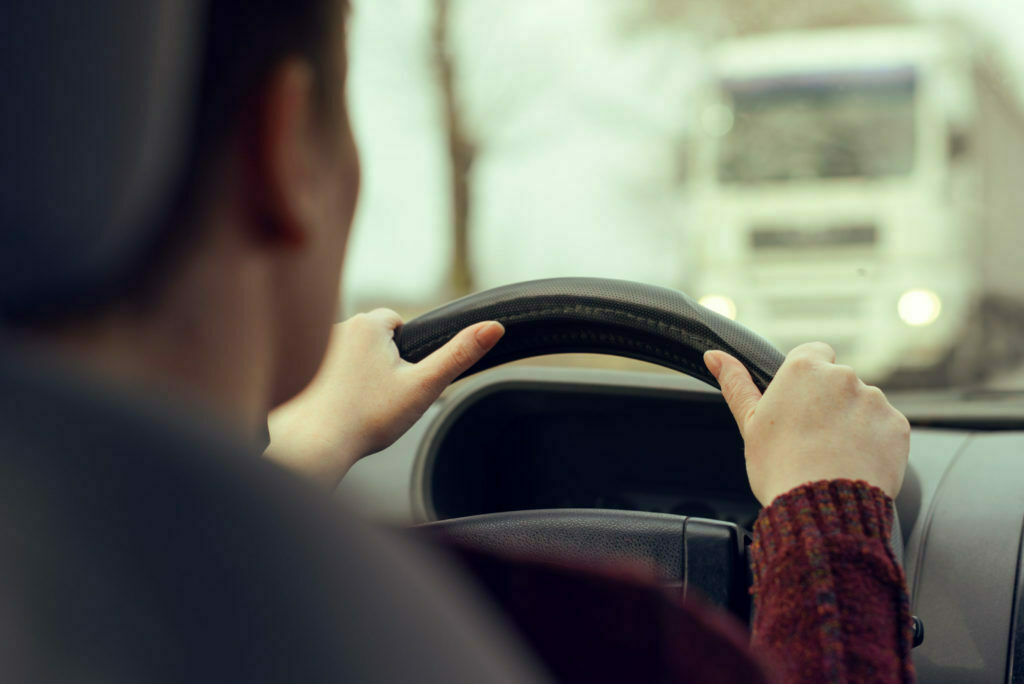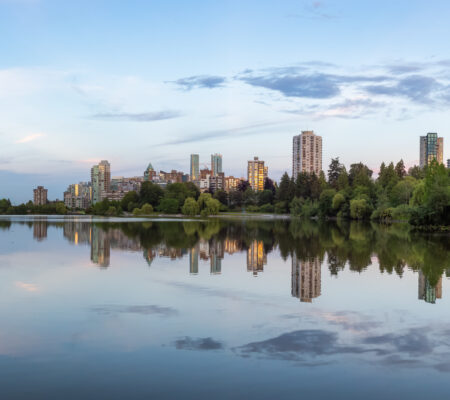If you need to transport large loads or groups of people, you’ll need to know how to drive a large vehicle. You will need to know vehicle control, braking, turning, and parking. It also helps to understand how to drive safely in various conditions, such as snow and ice. By following the tips in this article, you will get behind the wheel with confidence. Keep reading to find out more.
What are larger vehicles?

Large commercial vehicles are typically trucks and buses more extensive in size than what is generally found on the road. These vehicles are often used for transporting goods or passengers over longer distances. There are various types of large commercial vehicles, each with its unique capabilities and features. When driving a larger vehicle, you want to have commercial trucking business insurance. Commercial trucking insurance coverage is a type of insurance that covers trucks and truck drivers who use their trucks for commercial purposes. This type of insurance coverage is different from standard car insurance coverage, which only covers personal vehicles.
There are several types of coverage that are available with commercial trucking insurance. One type of coverage is liability coverage, which helps protect the driver from any legal damages incurred as a result of an accident. Another type of coverage is cargo coverage, which helps protect the cargo carried in the truck in case of damage or loss. Along with insurance, you may also qualify for recreational vehicle loans or large vehicle loans if you do not want to make a permanent purchase.
How can you reduce the risk of an accident with a large vehicle?

When driving a large vehicle, it is essential to be aware of the risks and take precautions to avoid accidents. Some things you can do to reduce the risk of an accident include checking your blind spots before changing lanes or turning, staying alert and paying attention to your surroundings, using caution when passing or being passed by other vehicles, and never driving while tired or under the influence of drugs or alcohol. You should also always obey the speed limit. Driving too quickly for the conditions can lead to loss of control and serious accidents. Make sure to use your turn signals as well. Letting other drivers know your intentions will help keep everyone safe on the road.
It is also essential to be aware of your size and weight’s impact on the vehicle and other drivers around you. Larger vehicles need more time and space to stop, so leave plenty of room between you and the car in front of you. Additionally, take into account wind resistance which can affect how your large vehicle handles while driving. Heavy vehicles can also cause damage to roads and bridges if driven improperly.
Why are large vehicles used?
Some common types of large vehicles include buses, trucks, and semi-trailers. Buses are often used as public transportation, providing a convenient way for people to travel between different locations. Buses can also be used for private transportation, such as for touring groups or school field trips. Trucks are used for various purposes, including commercial deliveries, construction, and farming. They come in a range of sizes, from small trucks that can be used for personal use to large trucks for commercial deliveries. Semi-trailers are used for transporting goods over long distances. They are typically attached to a truck and pulled along the road.
Several businesses use larger vehicles as part of their operations. An example includes moving companies, which rely on using larger vehicles. Moving companies use trucks and vans to move furniture and other belongings from one location to another. This can be helpful for people who are moving to a new home or office.






